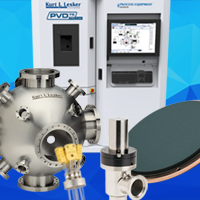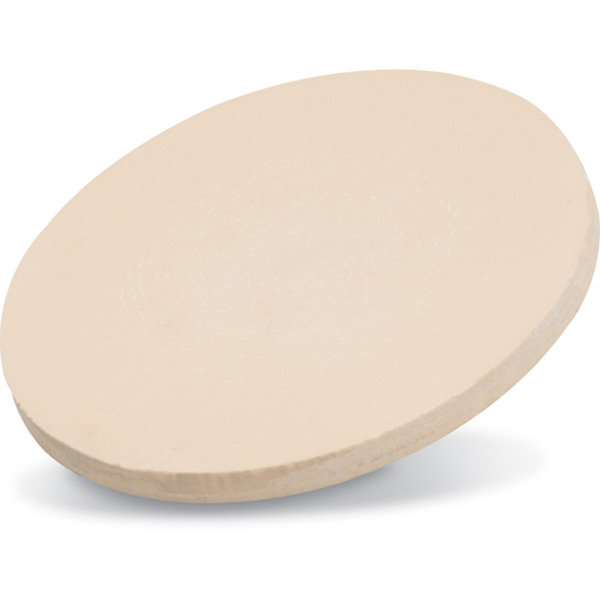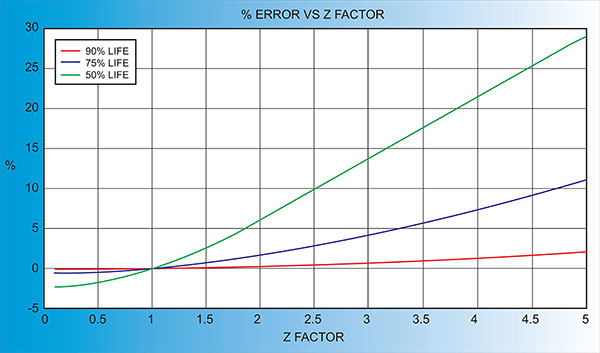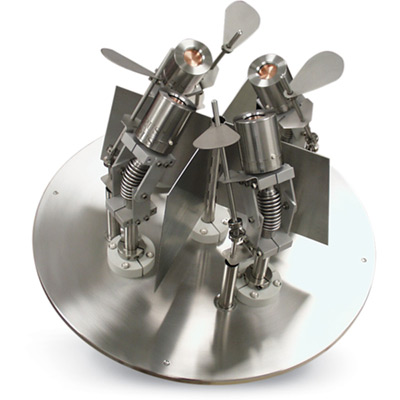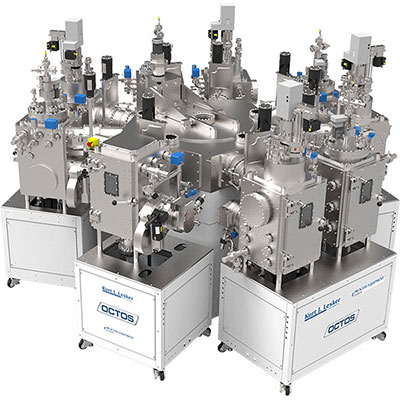Cerium Oxide (CeO2) Sputtering Targets Overview
Our comprehensive offering of sputtering targets, evaporation sources and other deposition materials is listed by material throughout the website. Below you will find budgetary pricing for sputtering targets and deposition materials per your requirements. Actual prices may vary due to market fluctuations. To speak to someone directly about current pricing or for a quote on sputtering targets and other deposition products not listed, please click here.
Cerium Oxide (CeO2) General Information
Cerium oxide, also known as ceria, is an inorganic chemical compound with a chemical formula of CeO2. It is white or pale yellow in color with a density of 7.13 g/cc, a melting point of ~2,600°C, and a vapor pressure of 10-4 Torr at 2,310°C. It is primarily used for polishing but can also be found as a sensor in catalytic converters in automobiles. Cerium oxide is evaporated under vacuum to form anti-reflective layers for optical coatings and as buffer layers in high temperature superconductors.
Cerium Oxide (CeO2) Specifications
| Material Type | Cerium (IV) Oxide |
| Symbol | CeO2 |
| Color/Appearance | White or Pale Yellow, Crystalline Solid |
| Melting Point (°C) | ~2,600 |
| Theoretical Density (g/cc) | 7.13 |
| Z Ratio | **1.00 |
| Sputter | RF, RF-R |
| Max Power Density (Watts/Square Inch) | 20* |
| Type of Bond | Indium, Elastomer |
| Comments | Very little decomposition. |
* This is a recommendation based on our experience running these materials in KJLC guns. The ratings are based on unbonded targets and are material specific. Bonded targets should be run at lower powers to prevent bonding failures. Bonded targets should be run at 20 Watts/Square Inch or lower, depending on the material.
* Suggested maximum power densities are based on using a sputter up orientation with optimal thermal transfer from target to the sputter cathode cooling well. Using other sputtering orientations or if there is a poor thermal interface between target to sputter cathode cooling well may require a reduction in suggested maximum power density and/or application of a thermal transfer paste. Please contact techinfo@lesker.com for specific power recommendations.
** The z-ratio is unknown. Therefore, we recommend using 1.00 or an experimentally determined value. Please click here for instructions on how to determine this value.
